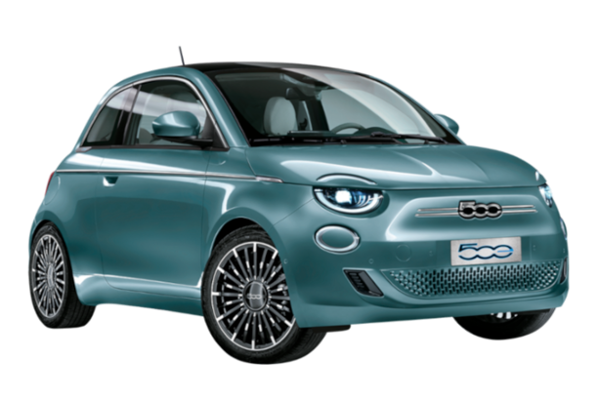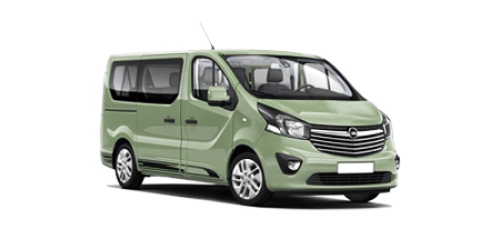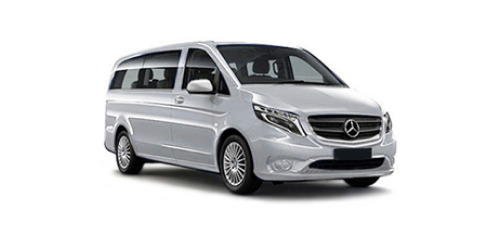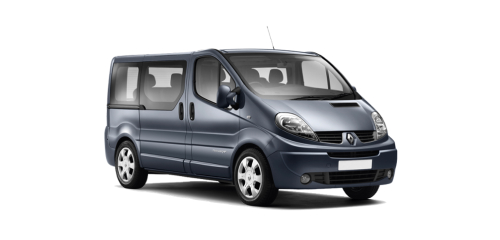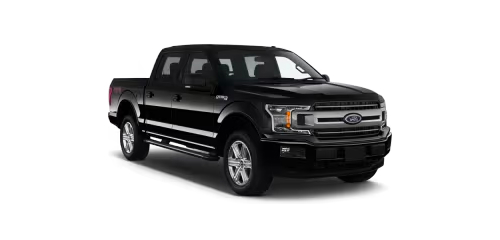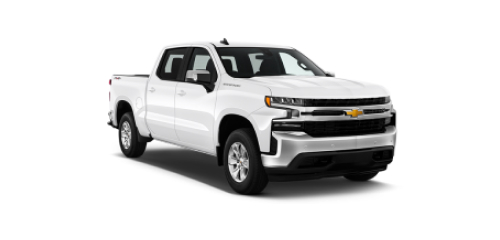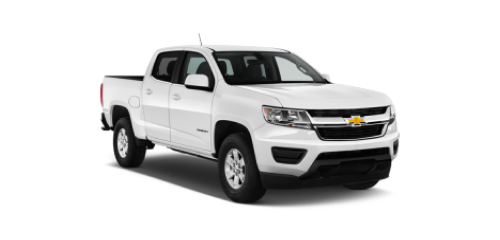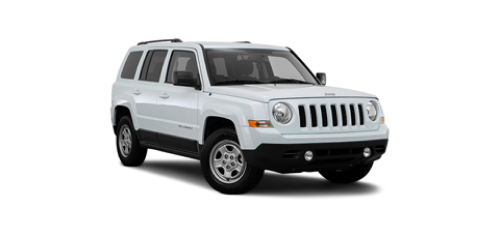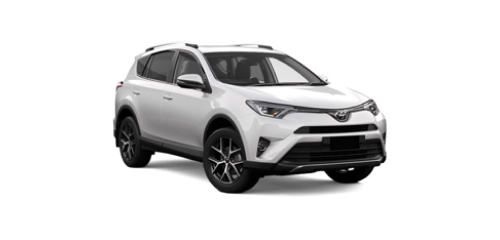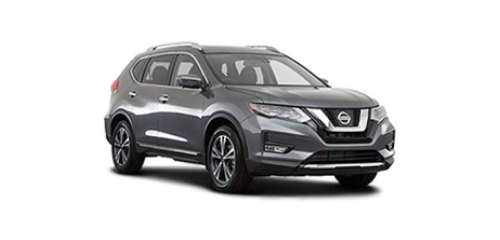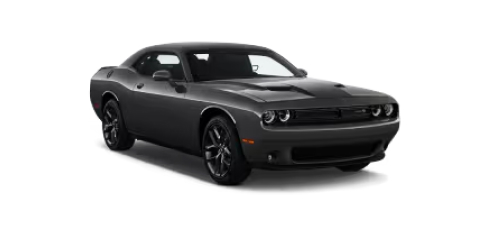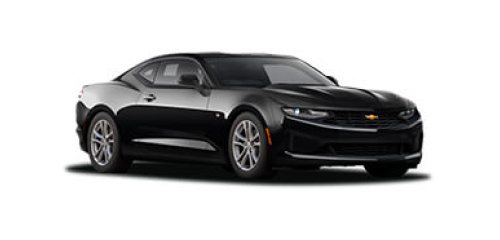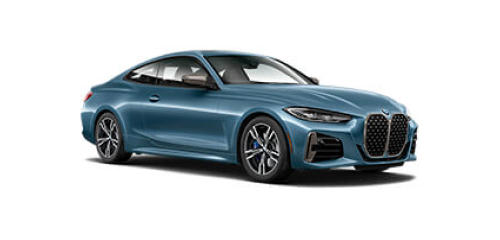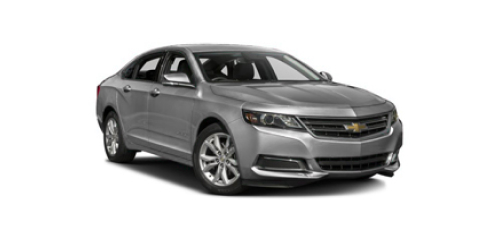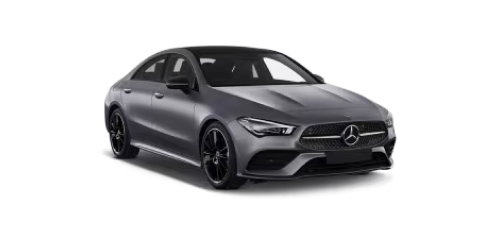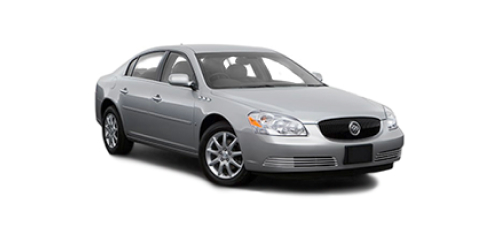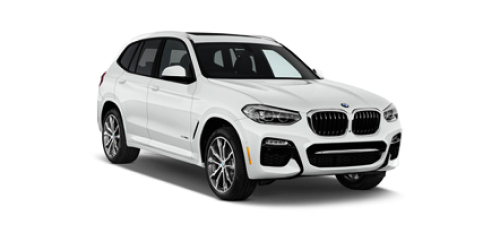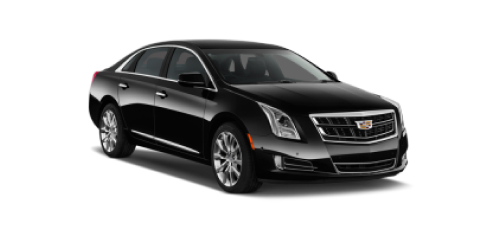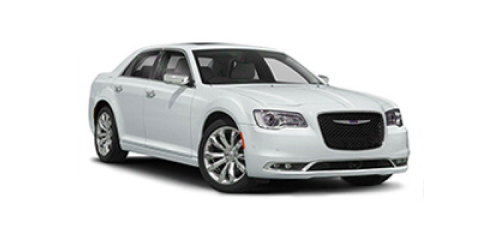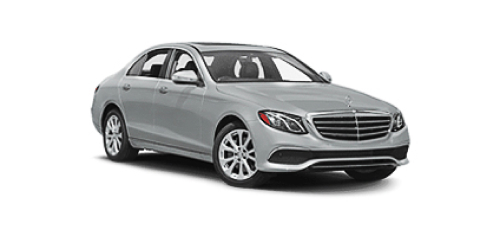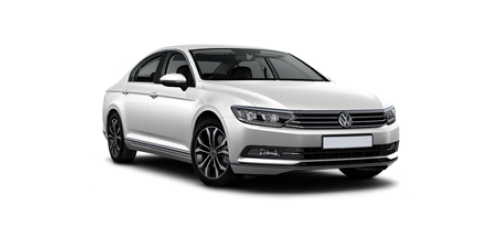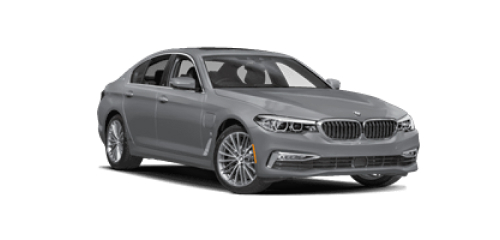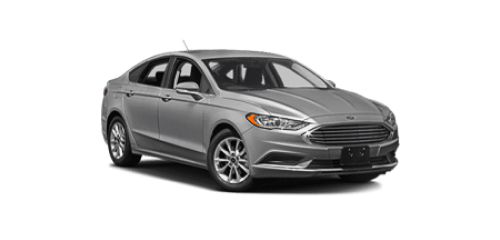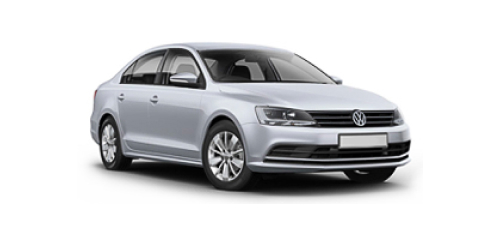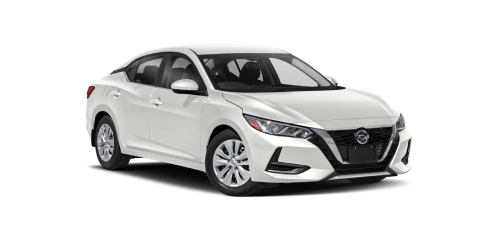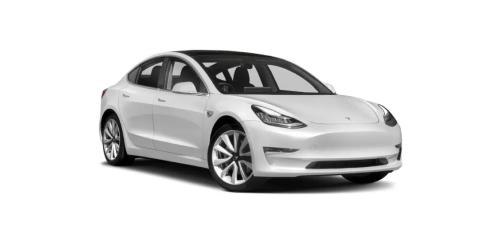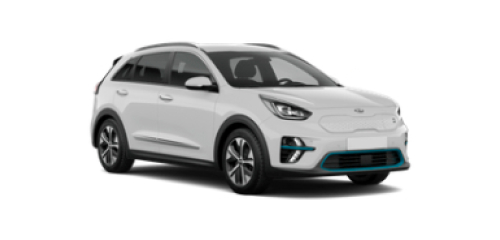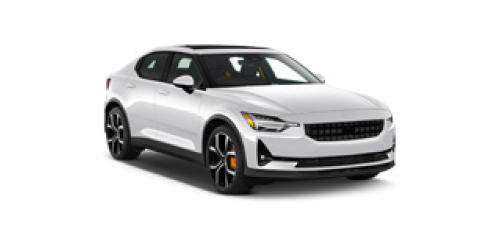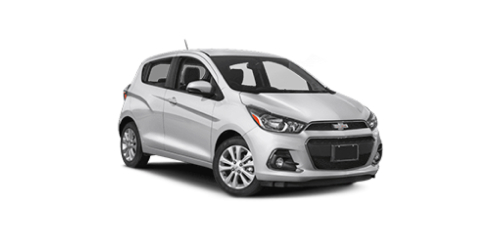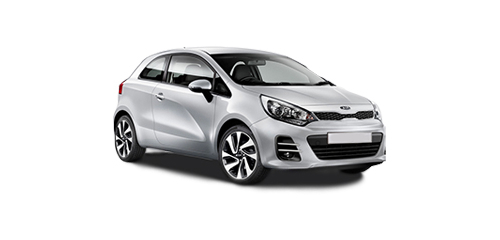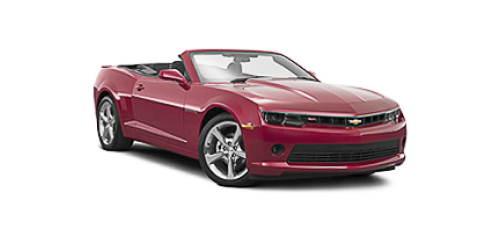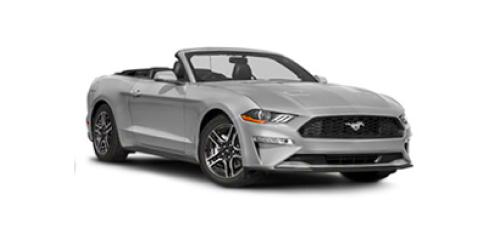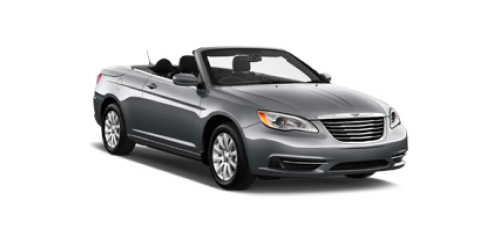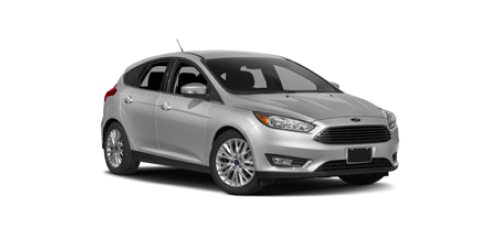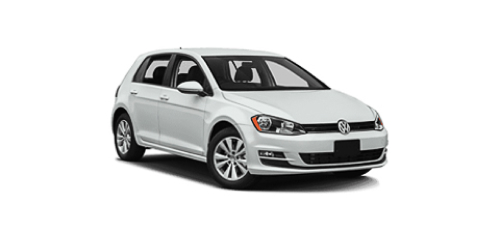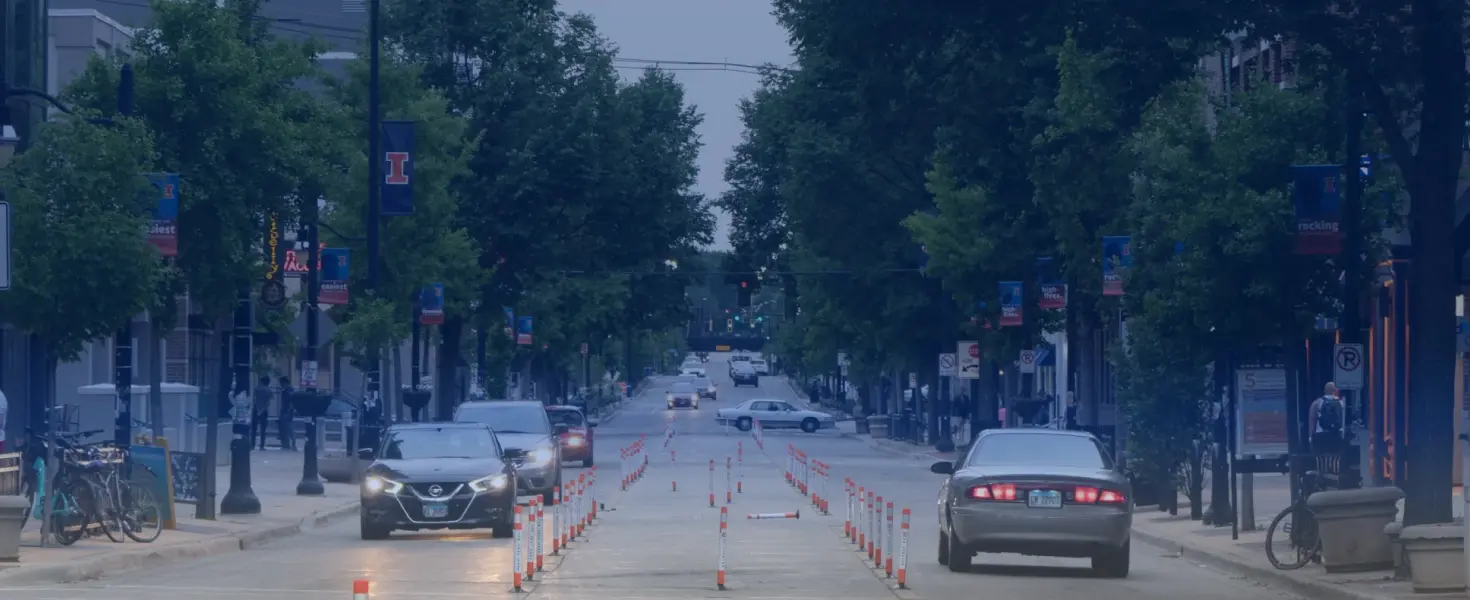
Cheap Car Rental in Barcelona
- Secured payment guarantee
- 4 million users
- Multi-language support
- Booking of any class cars
- 600 providers worldwide

Tips for Renting a Car Inexpensively in Barcelona
Looking for a cheap car rental in Barcelona? With Economybookings, you can easily compare multiple providers to find the best possible deal across the country. Whether you're exploring major cities or venturing into rural regions, a quick comparison can save you time and money.
- Compare pickup locations – Select the broader city instead of a specific location to unlock more deal options, including off-airport savings.
- Slightly adjust pickup times and dates – Even changing your booking by an hour can reveal lower rates.
- Choose economy or compact cars – These vehicle types are usually the most budget-friendly.
- Book early – Especially during peak travel seasons (summer, holidays), advance booking helps secure lower prices and better availability.
Tips When Renting a Car in Barcelona
- Barcelona is Spain's second-largest city and a year-round tourist hotspot, so it's a good idea to book your rental car in advance, especially in summer or during major events like the Mobile World Congress.
- You can pick up your rental car either at El Prat Airport or at Sants train station. Both are well-connected, so choose based on where you're arriving.
- If you plan to drive around the city center, choose a car with an ECO or ZERO emissions sticker to avoid fines. Barcelona enforces traffic restrictions for vehicles without an environmental badge.
- Try to avoid driving in central Barcelona during rush hours (8:00–10:00 AM and 5:30–8:00 PM), especially on the B-10 (Ronda Litoral) and Ronda de Dalt. These busy routes connect key parts of the city, like the port and neighborhoods such as Poblenou or Barceloneta, and are usually heavily congested on weekdays.
Driving Tips in Barcelona
- Always carry your driver's license, rental contract, and insurance documents.
- Drive on the right, overtake on the left, and always signal your intentions.
- Pedestrians have the right of way at crosswalks; make sure you stop for them.
- Roundabouts require attention. Pick your lane before entering: inner lane for overtaking and outer lane for exiting. Yield to vehicles already in the roundabout and signal right before exiting.
- Be extra careful with motorcycles: they often zip between lanes with ease.
- Popular gas stations include Repsol, Cepsa, Galp, and BP.
- Spain has strict alcohol laws: the limit is 0.5 g/L (0.3 if your license is under two years old). Fines can easily exceed €500.
- Regulated parking zones (blue zones) operate Monday to Friday from 9 AM to 8 PM. You can pay easily through mobile apps like SMOU or EasyPark.
Speed Limits
- 120 km/h (75 mph) on highways
- 90 km/h (55 mph) on secondary roads
- 50 km/h (31 mph) on city streets
- 30 km/h (19 mph) on residential or narrow streets
- 20 km/h (12 mph) in shared pedestrian zones
Many central streets in Barcelona have a 30 km/h limit as part of the city's sustainable mobility plan.
Road Signs
Road signs in Barcelona follow the European standard: clear icons, speed in km/h, and usually bilingual in Catalan and Spanish. The entire city is within a Low Emission Zone (ZBE), clearly marked with signs. Look out for red-painted bus and taxi lanes, don't drive in them unless authorized. In the city center, you'll also find many pedestrian-priority streets and designated bike lanes.
Tolls and Restricted Zones
Most major highways near Barcelona are toll-free, but some tunnels, like Vallvidrera or Cadí, still charge a fee.
Barcelona's Low Emission Zone (ZBE) covers the entire city and parts of the surrounding metro area. Vehicles without an emissions sticker can't enter this zone on weekdays from 7:00 AM to 8:00 PM, and fines can exceed €200.
Discover Barcelona by Car
Barcelona is an amazing city that offers beaches, mountains, and world-famous architecture. Renting a car lets you explore beyond the center and enjoy what the surrounding region has to offer. You can drive to the mystical mountains of Montserrat, explore the Maresme coast, or take a day trip to Girona, a beautifully preserved medieval city. The Costa Brava is also within reach, with hidden coves and crystal-clear waters.
When to Visit
- Spring (April-June): Pleasant weather, open-air terraces, and fewer crowds.
- Summer (July-August): Full of energy, with busy beaches and festivals like Grec or Festa Major de Gràcia.
- Autumn (September-October): Mild temperatures and perfect for strolling through El Born or the Gothic Quarter.
Languages & Communication
Barcelona has two official languages: Spanish and Catalan. You'll see Catalan on signs, documents, and street names, but nearly everyone also speaks Spanish. In tourist areas, many people also speak English, and you might even hear French, Italian, or German from staff in hotels or shops.
Currency & Payments
The euro (€) is the currency in Barcelona. Cards are widely accepted almost everywhere, from metro rides to neighborhood cafes. Still, it's a good idea to carry a bit of cash, especially for local markets like La Boqueria or small purchases at kiosks. ATMs are easy to find throughout the city.
Top Driving Routes from Barcelona
- Montserrat: Less than an hour away, this mountain range and monastery offer spectacular views and great hiking.
- Costa Brava: Discover hidden coves and beautiful towns like Tossa de Mar, Calella de Palafrugell, or Begur.
- Sitges & Vilanova i la Geltrú: A great coastal route for beaches, local culture, and delicious food.
- Rupit & Tavertet: Charming mountain villages, ideal for a peaceful nature escape.
- Priorat & Montsant: Wine lovers will enjoy this region's vineyards, scenic lookouts, and winding roads.
Experience the top locations with car rental in Barcelona
Opening hours
Address
Documents on pick-up
Credit Card
Take your credit card in the main driver`s name with a limit large enough to cover the excessPassport
Take your passportDriving License
Take your local and international driving licenseAll car rental in Barcelona
Discover the cheapest car rental in Barcelona
* Disclaimer: Prices displayed may not reflect today's rates.
What our customers say
Car rental companies in Barcelona
We have prepared a shortlist of top rental companies in Barcelona. To save both time and money compare offers on EconomyBookings.com to find the best deal.














